Growing Geriatric Population
The increasing geriatric population is a significant driver for the Polyethersulfone Dialyzer Market. As individuals age, the risk of developing chronic health conditions, including kidney diseases, escalates. The World Health Organization projects that the number of people aged 60 years and older will double by 2050, leading to a higher demand for dialysis treatments. Polyethersulfone dialyzers, with their excellent biocompatibility and performance, are becoming the preferred choice for elderly patients requiring renal replacement therapy. This demographic shift is likely to create a sustained demand for polyethersulfone dialyzers, as healthcare systems adapt to the needs of an aging population, ensuring that effective and efficient dialysis solutions are readily available.
Rising Awareness and Education
The growing awareness and education regarding kidney health and dialysis options are pivotal drivers for the Polyethersulfone Dialyzer Market. Initiatives by healthcare organizations and governments to promote kidney health awareness are leading to increased screening and early detection of kidney diseases. As patients become more informed about their treatment options, there is a noticeable shift towards more effective and biocompatible dialysis solutions, such as polyethersulfone dialyzers. This trend is further supported by patient advocacy groups that emphasize the importance of choosing high-quality dialysis products. Consequently, the demand for polyethersulfone dialyzers is likely to rise as patients and healthcare providers prioritize effective treatment modalities that enhance quality of life and treatment outcomes.
Technological Innovations in Dialysis
Technological advancements in dialysis equipment and materials are significantly influencing the Polyethersulfone Dialyzer Market. Innovations such as improved membrane technology and enhanced dialyzer designs are contributing to better patient outcomes and increased efficiency in dialysis procedures. For instance, the development of high-flux polyethersulfone membranes allows for more effective removal of toxins and larger molecules, which is crucial for patients with advanced kidney disease. Furthermore, the integration of smart technologies in dialysis machines, such as real-time monitoring and automated adjustments, enhances the overall treatment experience. As these technologies continue to evolve, they are expected to drive the demand for polyethersulfone dialyzers, as healthcare providers increasingly adopt advanced solutions to optimize patient care and operational efficiency.
Increasing Prevalence of Kidney Diseases
The rising incidence of chronic kidney diseases (CKD) is a primary driver for the Polyethersulfone Dialyzer Market. As the global population ages, the prevalence of conditions such as diabetes and hypertension, which are significant risk factors for CKD, continues to escalate. According to recent data, approximately 10% of the population worldwide is affected by CKD, leading to a heightened demand for effective dialysis solutions. Polyethersulfone dialyzers, known for their superior biocompatibility and filtration efficiency, are increasingly preferred in renal replacement therapies. This trend is likely to persist, as healthcare systems strive to improve patient outcomes and reduce the burden of kidney-related ailments. Consequently, the Polyethersulfone Dialyzer Market is poised for substantial growth as healthcare providers seek advanced solutions to meet the needs of this expanding patient demographic.
Regulatory Support for Advanced Dialysis Products
Regulatory bodies are increasingly supporting the development and approval of advanced dialysis products, which is beneficial for the Polyethersulfone Dialyzer Market. Streamlined approval processes and guidelines for innovative dialysis technologies encourage manufacturers to invest in research and development. This regulatory environment fosters competition and innovation, leading to the introduction of new and improved polyethersulfone dialyzers that meet stringent safety and efficacy standards. As a result, healthcare providers are more inclined to adopt these advanced products, knowing they comply with regulatory requirements. This trend is expected to bolster the market as manufacturers continue to innovate and enhance their product offerings, ultimately benefiting patients requiring dialysis.


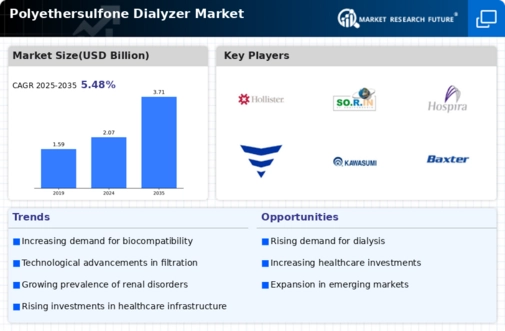

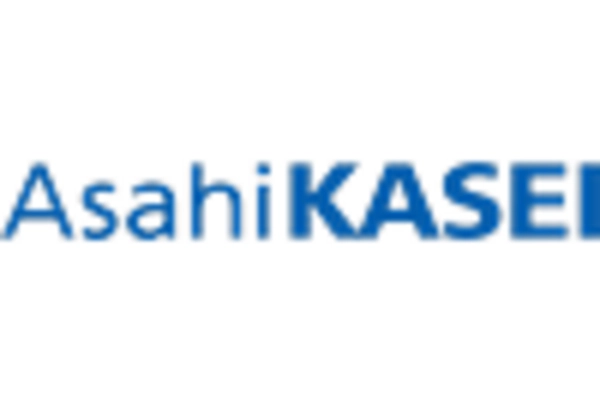

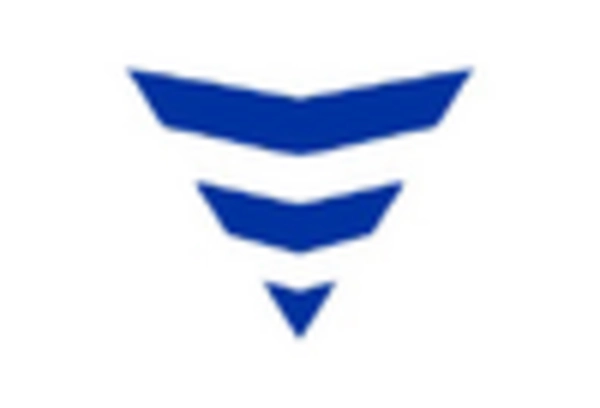
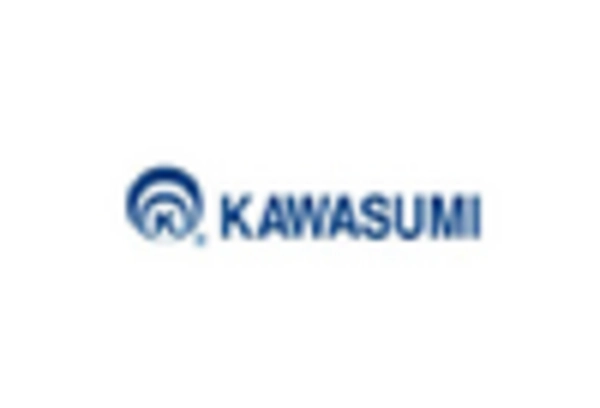

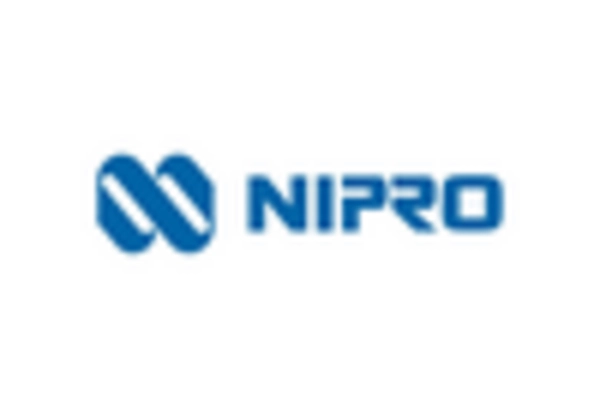








Leave a Comment